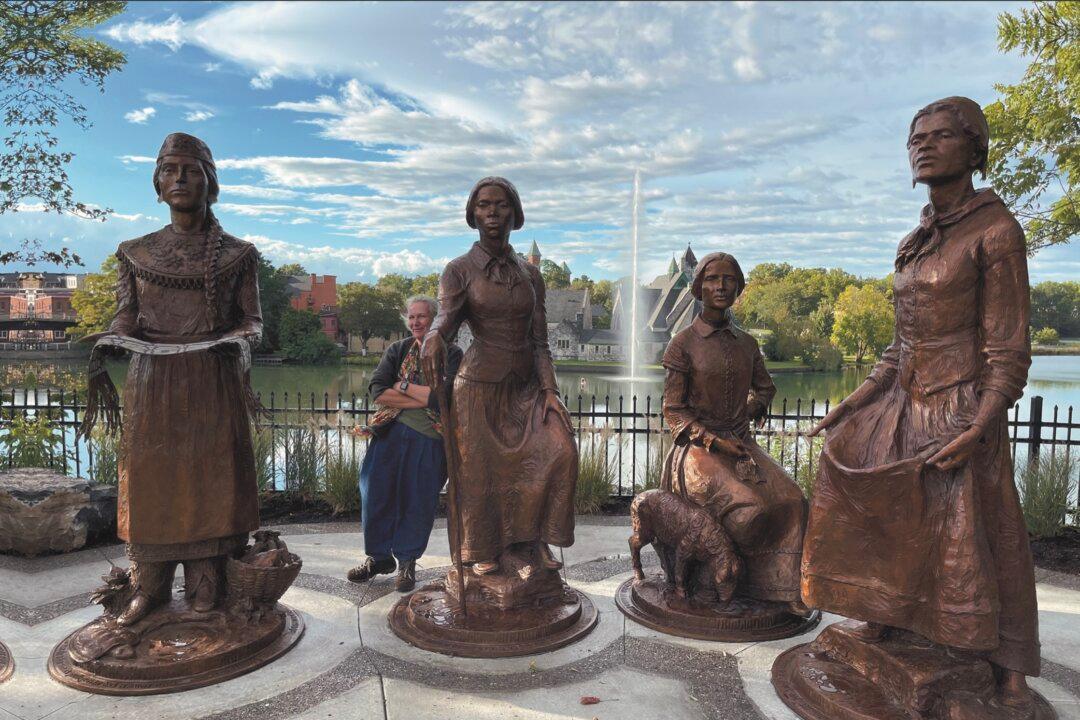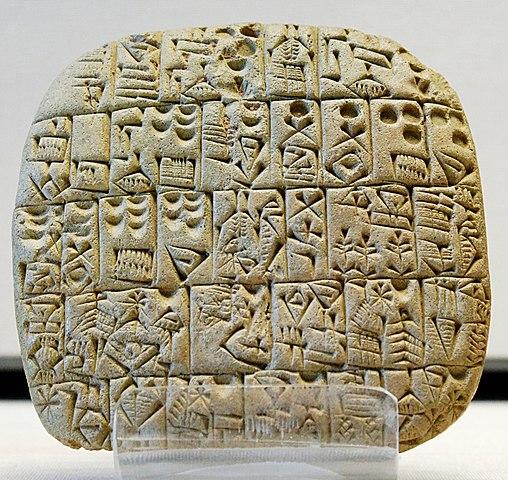Most of us have heard of the great philanthropists of the past, and we know about wealthy contributors in today’s world. But how many of us think of children and young adults as potential philanthropists who can, and will, give lots of money, either inherited or earned, to significant causes? Do they really have the compassion, interest, and support to think big and take action?
If you ask Talia Leman, she will say emphatically, yes! What gave the then-10-year-old confidence to get the word out and find donors who amassed $10 million for kids affected by Hurricane Katrina? It all began when Leman saw images of the destruction caused by the hurricane. That motivated her to create a successful charity that raised money through trick-or-treating.





